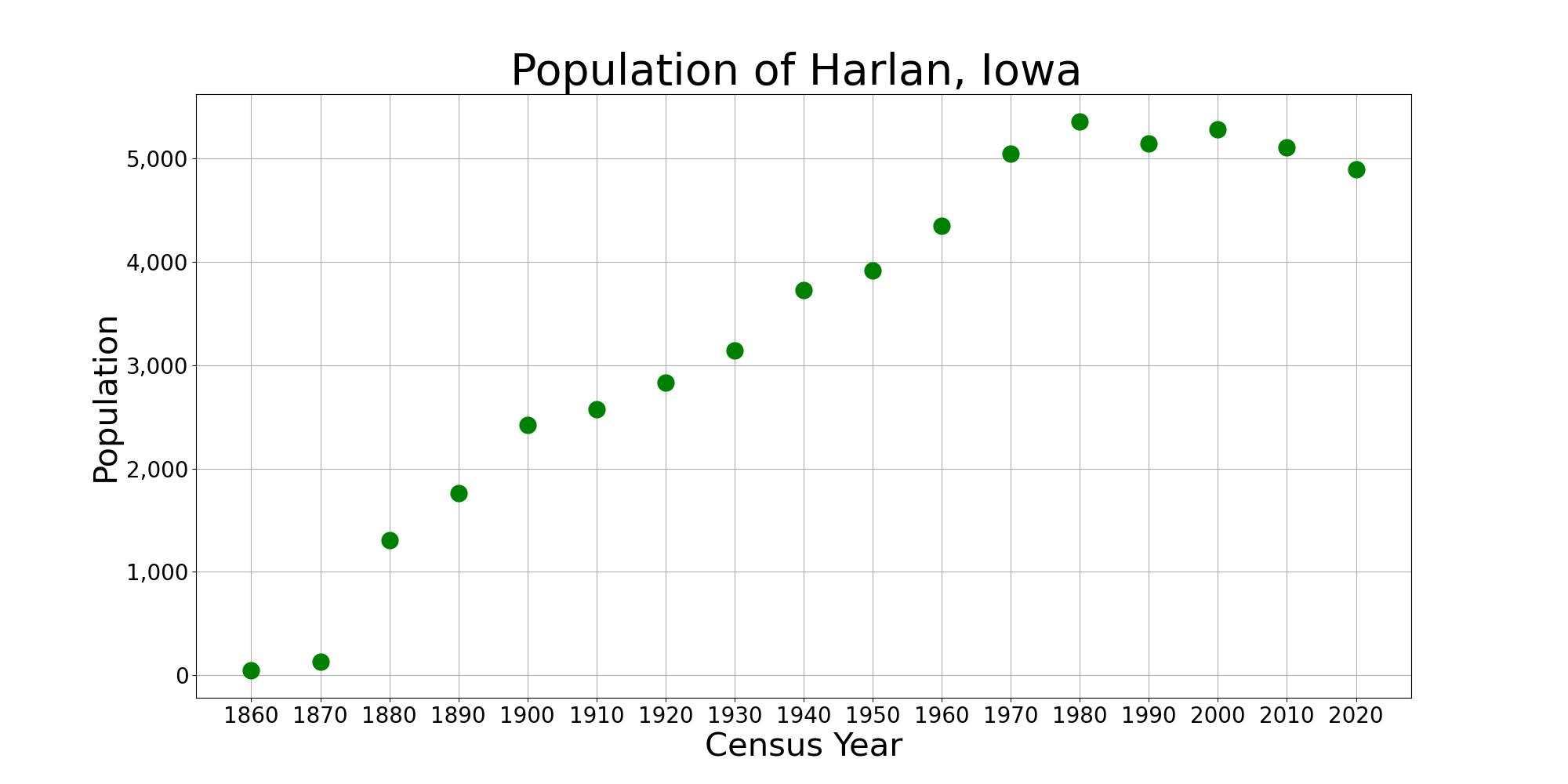|
Peter L. Thorslev, Jr.
Peter Larsen Thorslev Jr. (October 17, 1929 – October 13, 2011) was an American literary scholar. A 1965 Guggenheim Fellow, he wrote two books on Romantic era literature: ''The Byronic Hero'' (1962) and ''Romantic Contraries'' (1984). He was one of the first openly LGBT academics at the University of California, Los Angeles. Biography Thorslev was born on October 17, 1929, in Harlan, Iowa. His father Peter Larsen Thorslev Danish Americans, emigrated from Denmark and worked as a minister in Canada, before becoming pastor of the United Evangelical Lutheran Church in Kennard, Nebraska. Later moving to Kennard, he obtained his BA from Dana College in 1950. He did graduate studies at the University of Minnesota, obtaining his MA in 1957 and PhD in 1959; his doctoral dissertation was titled ''The Byronic Hero: Types and Prototypes''. After spending one year at Northwestern University as an English instructor (1959-1960), he moved to the University of California, Los Angeles as assist ... [...More Info...] [...Related Items...] OR: [Wikipedia] [Google] [Baidu] |
Harlan, Iowa
Harlan is a city and the county seat of Shelby County, Iowa, along the Nishnabotna River, West Nishnabotna River. The population was 4,893 at the time of the 2020 United States census, 2020 census. History Harlan was platted in 1858. It was named for one of Iowa's early United States Senate, U.S. Senators, James Harlan (Iowa politician), James Harlan. Harlan was designated county seat in 1859. The town was incorporated on May 2, 1879. Geography According to the United States Census Bureau, the city has a total area of , all of it land. Climate Demographics 2020 census At the 2020 United States census, 2020 census there were 4,893 people, 2,288 households, and 1,275 families living in the city. The population density was . There were 2,348 housing units at an average density of . The Race and ethnicity in the United States census#2020 census, racial makeup of the city was 90.8% White, 0.8% African American, 0.5% Native American, 0.8% Asian, 2.5% from other races, and 4.3% f ... [...More Info...] [...Related Items...] OR: [Wikipedia] [Google] [Baidu] |
